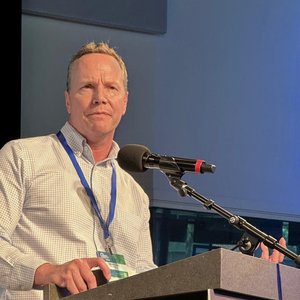Under the new system, companies required to reduce their production capacity under the “traffic light” framework can utilize this reduced capacity if production occurs in a closed facility.
“The initiative aims to support the development of new farming methods with lower environmental impacts than today’s open-net pens,” said Minister of Fisheries and Oceans Marianne Sivertsen Næss. “I hope this scheme will be the first step toward realizing the principles set out in the government’s aquaculture strategy.”
The measure follows a public consultation on the conditional use of reduced production capacity and incorporates several adjustments based on stakeholder feedback.
“We have carefully reviewed the consultation responses and made some changes, including strengthening the focus on preventing sea lice from entering production units,” Næss said. “This is essential not only to ensure that the scheme does not contribute to higher lice pressure but also to safeguard fish health and welfare.”
Several stakeholders emphasized the importance of considering animal health and welfare. While no new specific requirements have been introduced in this area, existing regulations continue to apply, allowing the Norwegian Food Safety Authority to use its full range of measures to ensure high standards of fish health and welfare.





